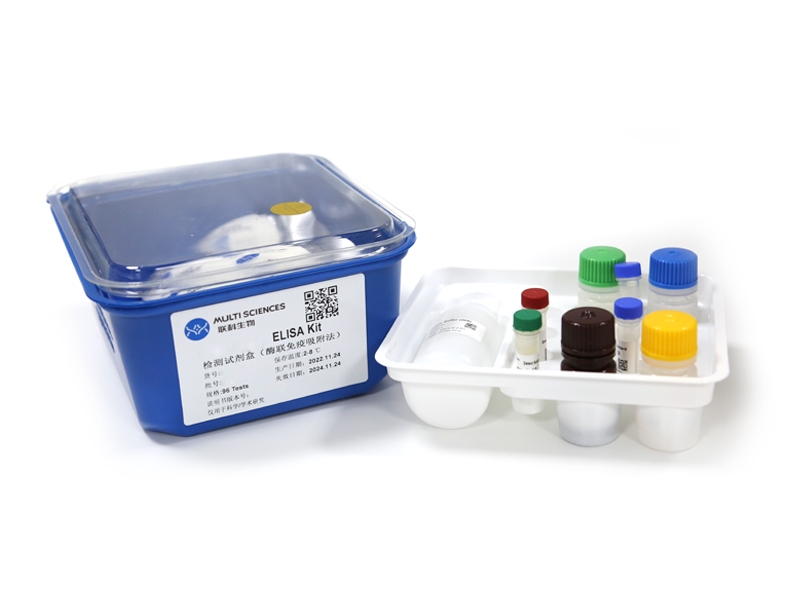Neural injury is associated with the development of diabetic retinopathy. Müller cells provide structural and metabolic support for retinal neurons. High glucose concentrations are known to induce Müller cell activity. Agmatine is an endogenous polyamine, which is enzymatically formed in the mammalian brain and has exhibited neuroprotective effects in a number of experimental models. The aims of the present study were to investigate whether agmatine protects Müller cells from glucose-induced damage and to explore the mechanisms underlying this process. Lactate dehydrogenase activity and tumor necrosis factor-α mRNA expression were significantly reduced in Müller cells exposed to a high glucose concentration, following agmatine treatment, compared with cells not treated with agmatine. In addition, agmatine treatment inhibited glucose-induced Müller cell apoptosis, which was associated with the regulation of Bax and Bcl-2 expression. Agmatine treatment suppressed glucose-induced phosphorylation of mitogen-activated protein kinase (MAPK) protein in Müller cells. The present study demonstrated that the protective effects of agmatine on Müller cells were inhibited by N-methyl-D-aspartic acid (NMDA). The results of the present study suggested that agmatine treatment protects Müller cells from high-concentration glucose-induced cell damage. The underlying mechanisms may relate to the anti-inflammatory and antiapoptotic effects of agmatine, as well as to the inhibition of the MAPK pathway, via NMDA receptor suppression. Agmatine may be of use in the development of novel therapeutic approaches for patients with diabetic retinopathy.
文章引用产品
-
-
- EK382
- ELISA试剂盒
Rat TNF-a ELISA Kit检测试剂盒(酶联免疫吸附法)
-
¥1,600.00 – ¥10,800.00
-
- EK382
- ELISA试剂盒
Rat TNF-a ELISA Kit检测试剂盒(酶联免疫吸附法)
- ¥1,600.00 – ¥10,800.00



